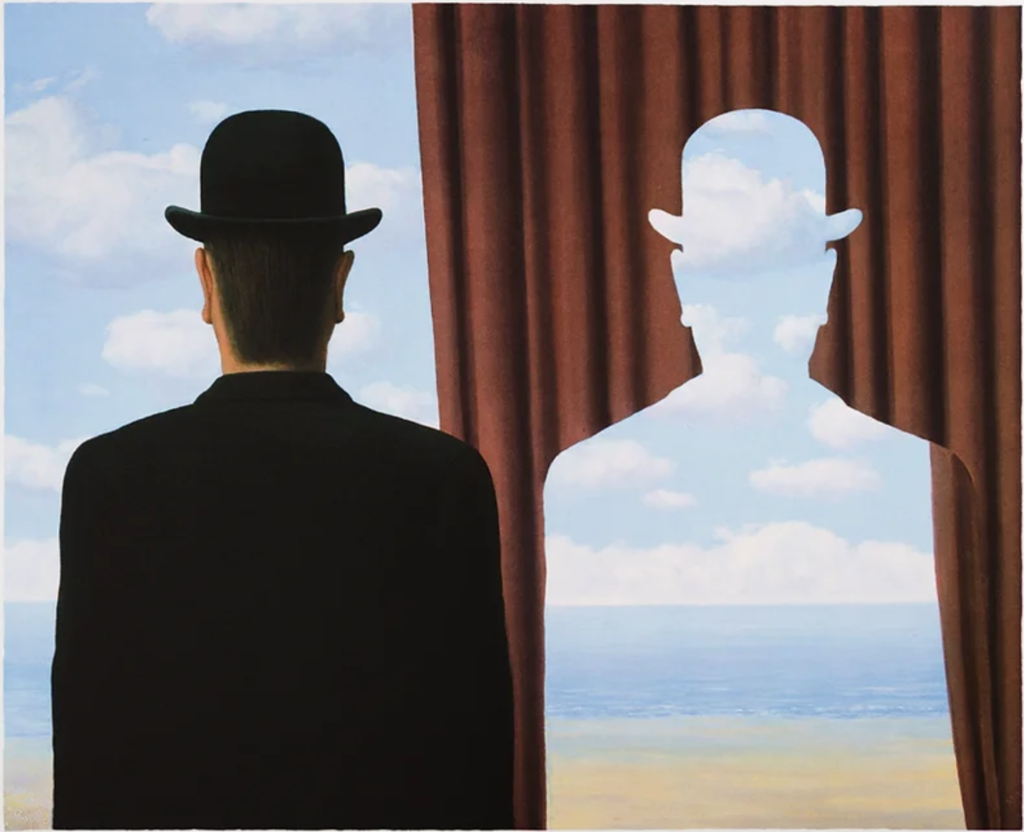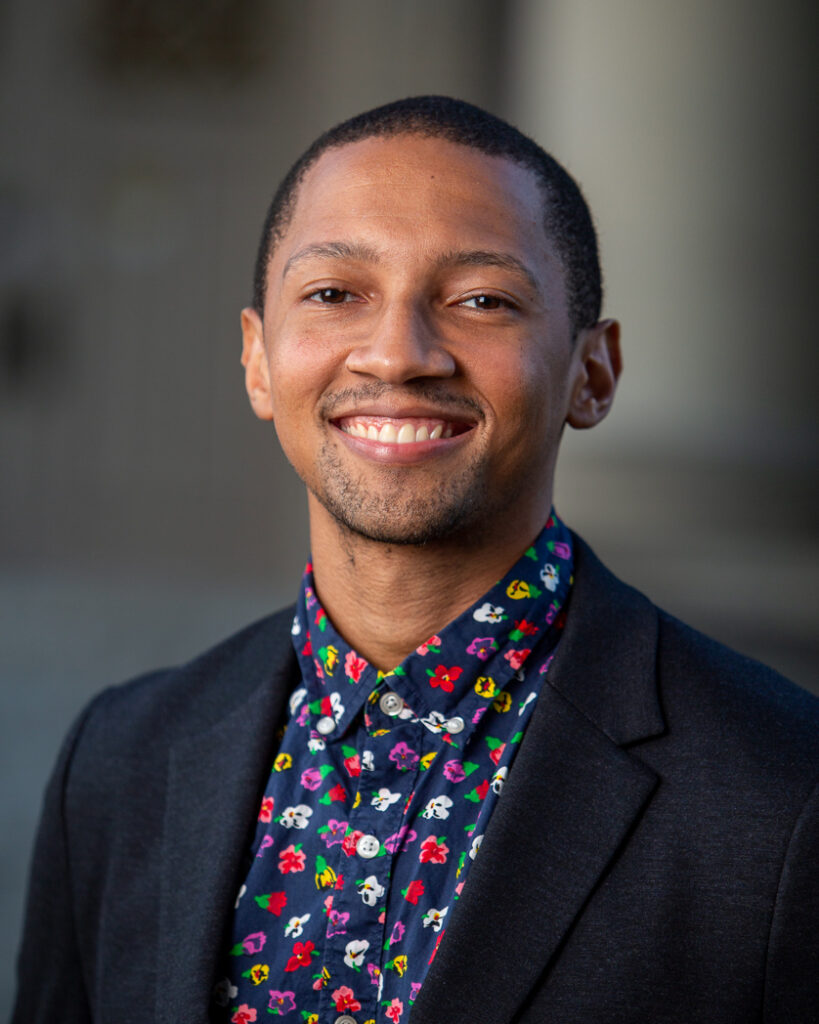
In this post, Kevin Richardson discusses the article he recently published in Ergo. The full-length version of Kevin’s article can be found here.
Between July 2021 and December 2022, there were 4,000 cases of books being banned in US public schools. The most frequently banned books in the 2022-2023 school year was Gender Queer: A Memoir, by Maia Kobabe. Kobabe’s graphic novel is a coming of age story in which the author questions the gender binary. The gender binary is the set of social norms that tells us that there are only two genders (man and woman), that these genders are biologically defined, and that everyone has exactly one of them. In the book, Kobabe comes out as a gender non-binary, identifying with neither of the two standard gender categories.
Gender Queer and other books that are directly or indirectly critical of the gender binary have been under attack. Not only is there legislation that bans books about trans, non-binary, and genderqueer people; there is also legislation that aspires to ban the people themselves. As of this writing, translegislation.com reports that 83 anti-trans bills have been passed out of the 574 proposed in the US this year. The bills are anti-trans because they target trans people by restricting their access to gender-affirming care, reclassifying drag shows as “adult entertainment,” codifying the right of teachers to not respect students’ preferred pronouns, and so on.
At a rapidly accelerating pace, we see more attempts to make the lives of trans people impossible. In Normal Life, Dean Spade, legal theorist and activist, writes:
"Trans people are told by the law, state agencies, private discriminators, and our families that we are impossible people who cannot exist, cannot be seen, cannot be classified, and cannot fit anywhere."
Republicans and conservatives everywhere are on a mission to eliminate the legal possibility of trans people and LGBTQ people more generally.
How should we understand this notion of “making impossible”? In my paper, “Exclusion and Erasure: Two Types of Ontological Oppression”, I describe two ways in which trans people are made impossible: exclusion and erasure.
Ontological exclusion is what happens when an institution wrongfully refuses to let you participate in it because of your social identity. For example, trans woman Calliope Wong was rejected from Smith College, a women’s college in Northampton, Massachusetts, on the grounds that she was not properly eligible to be a student at the college. In 2013, Smith College defined being a woman in terms of being female, a biological property they took Wong not to have.
We also see ontological exclusion in the current movement for so-called gender critical feminism. According to these feminists, feminism should be a movement based on a person’s sex, not their gender. This means that women’s sports, and access to women’s restrooms, are to be legally restricted to cisgender (as opposed to transgender) women.
I contrast ontological exclusion with ontological erasure. A case of ontological erasure happens when an institution fails to determinately recognize your social identity. In my paper, I discuss the case of Bryn Mawr college, another women’s college. While Smith College outright rejected trans applicants, Bryn Mawr momentarily held an ambiguous position toward trans women. They did not determinately rule out trans applicants, but they also did not determinately acknowledge the legitimacy of trans applicants. Instead, they claimed that they would consider the legitimacy of trans applicants on a case-by-case basis.
This is a case of ontological erasure because the social institution erases the existence of the category of trans people itself. It does this by failing to have a determinate judgment about whether trans people can apply. Trans, genderqueer, and non-binary people defy the gender binary. As such, trans identities are often perceived as indeterminate. One is neither a man nor a woman, neither a woman nor a non-woman.
In my paper, I write about how erasure can also be oppressive to people who inhabit marginalized identities. I focus on the case of trans people, but erasure is possible whenever you have people who sit in the gaps between the dominant social categories: multiracial people, bisexual people, and so on. Being erased, I argue, is a case of what Robin Dembroff and Cat Saint-Croix call “agential identity discrimination”. You are discriminated against, not simply in virtue of your identity, but in virtue of your attempt to get others to recognize your identity.
There is much more detail in the paper, but in this blog post, I want to highlight a few things that are important in light of recent events. The political climate for LGBTQ people has changed drastically over the course of my writing and publishing this paper. While my paper focuses on erasure as a static, largely hidden phenomenon, I want to emphasize that erasure is much more dynamic and public than it may appear in my article.
Today, there is an increased effort to enforce gender boundaries. This means there is an increased effort to engage in ontological exclusion. More institutions are removing the indeterminacy from their definitions of gender, ruling out the ability of many trans people to participate or feel safe within them. There is currently a “gender panic”, as sociologists Kristen Chilt and Laurel Westbrook call it. Gender panics occur when there is a perceived threat the the gender binary. In defense of the binary, there is an intense affirmation of the boundaries of gender.
At the same time as there is an effort to draw the boundaries around who is, and is not, a woman, there is also an effort to make this very boundary-drawing effort invisible. For example, the book Gender Queer is being taken off of shelves because it is likely to lead young people to question the gender binary. The goal is not simply to exclude genderqueer people from public spaces (and society more generally), but to eradicate the very possibility of the category genderqueer. Erasure exists alongside exclusion; erasure and exclusion complement and reinforce each other.
Want more?
Read the full article at https://journals.publishing.umich.edu/ergo/article/id/2279/.
About the author

Kevin Richardson is an Assistant Professor of Philosophy at Duke University. He mainly researches social ontology, with an emphasis on the ontology of gender, sexual orientation, and race.